Category: Aero Wheel Science
-
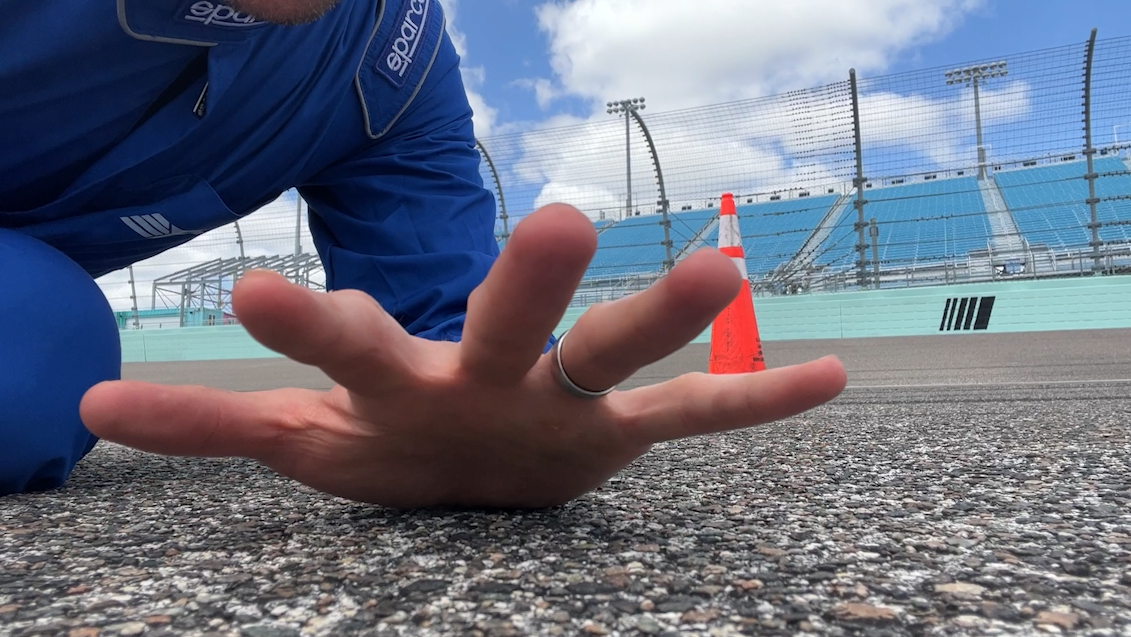
Setting Tire Pressure On A Nascar Track – Clash Miami
Last week I was invited to Clash Miami to run a wheel pit for the pro races. To make a long story short, Clash Endurance created a triathlon series that takes place on Nascar track. I was on site at Homestead-Miami Speedway, host of Clash Miami, with a number of FLO wheels incase a pro…
-
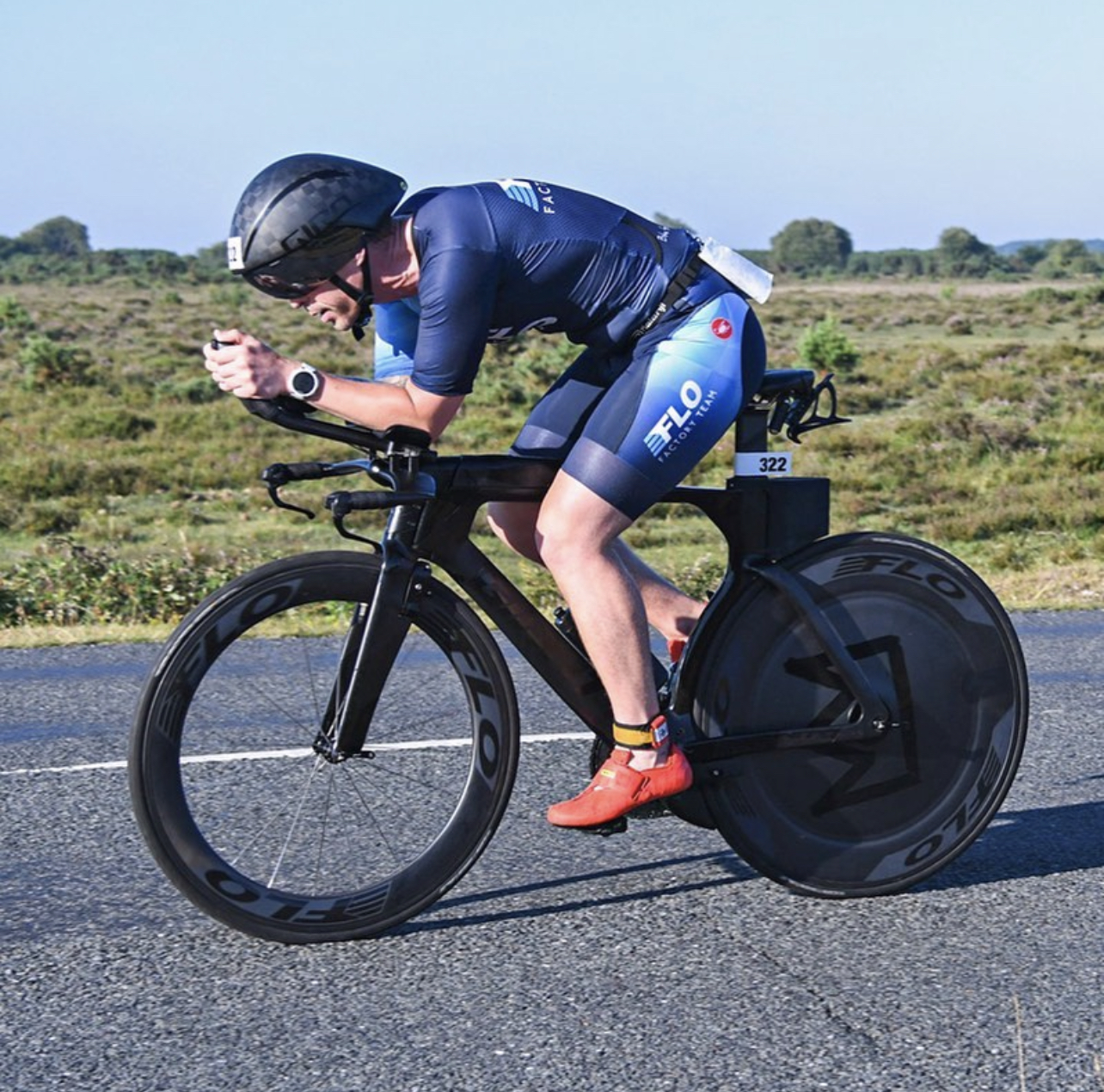
Being An Efficient Cyclist – Aerodynamics
This is part two of the series Secret To Fast Cycling: How To Be An Efficient Cyclist. In part 1, we discussed cycling efficiency and mechanical systems. Today, we apply these concepts to aerodynamics. Aerodynamics is important for you as a cyclist because regardless of how fast you are on the bike, understanding how to…
-
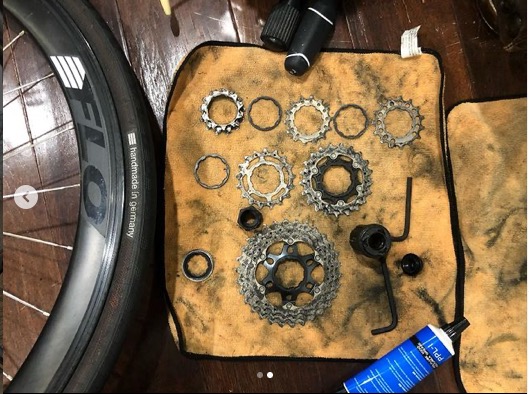
Secrets To Fast Cycling
The goal for any cyclist is to use whatever you put into pedals to move you forward, efficiently. In my 10 years in this industry, it never fails that the fastest athletes find every mechanical advantage they can. This article is the introduction for how to be an efficient cyclist. Throughout this series we will…
-
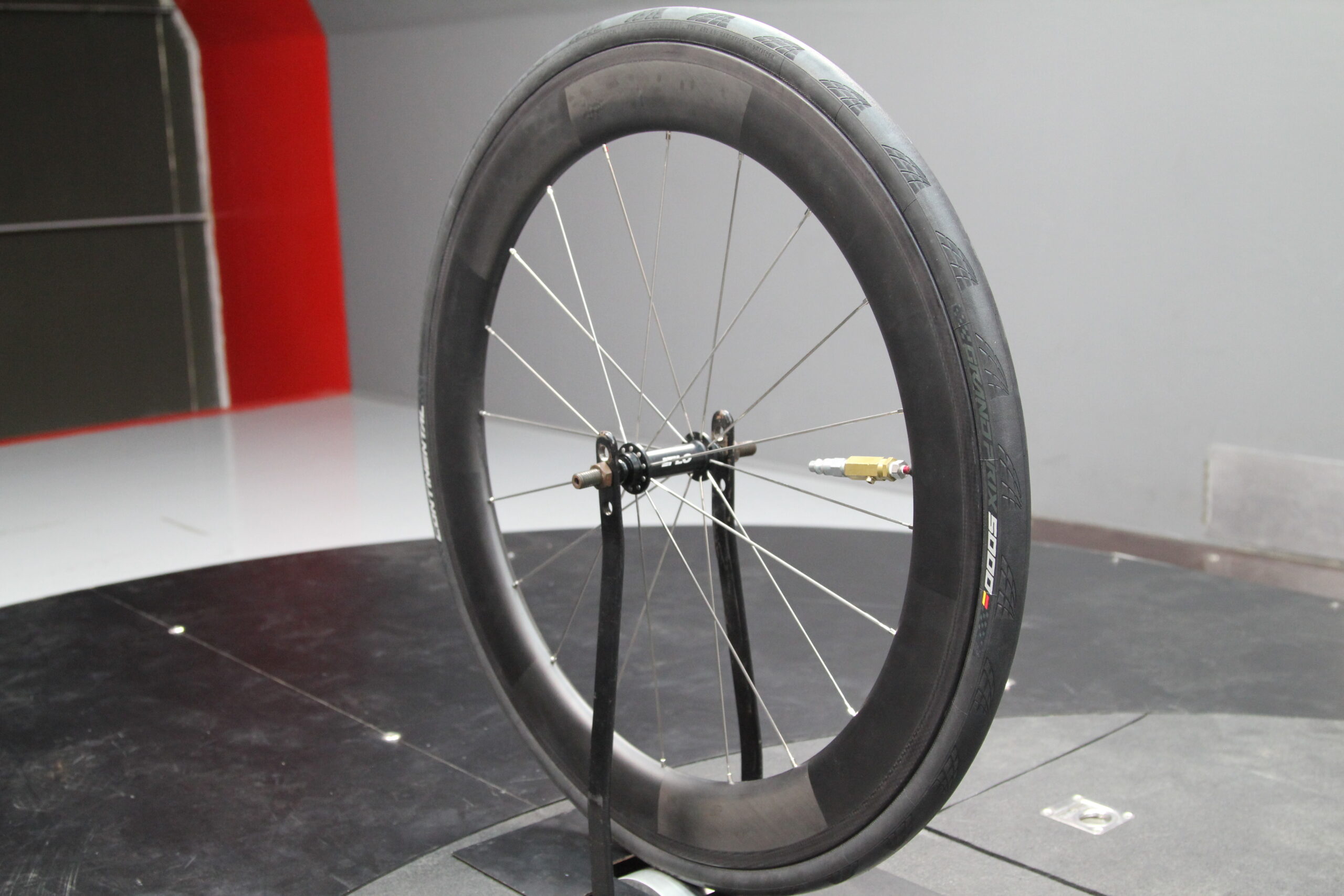
When The Rule of 105 Can Make You Slower
The rule of 105 for a cycling wheel states the following: The Rule of 105 states that the rim must be at least 105% the width of the tire if you have any chance of re-capturing airflow from the tire and controlling it or smoothing it. This was originally coined by Josh Poertner, who spent…
-

FLO Rolling Resistance and Bike Wheels
PODCAST TRANSCRIPTION This is “Faster,” a podcast by FLO Cycling. In each episode, we interview industry experts to educate you, challenge you, and even change the way you train, so you become faster. When we’re not creating this podcast, we’re working on other ways to make you faster. At FLO, we design and manufacture some…
-

FLO Aerodynamics and Bike Wheels (Faster by FLO Podcast #57)
PODCAST TRANSCRIPTION This is “Faster,” a podcast by FLO Cycling. In each episode, we interviewed industry experts to educate you, challenge you, and even change the way you train so you become faster. When we’re not creating this podcast, we’re working on other ways to make you faster. At FLO, we design and manufacture some…
-
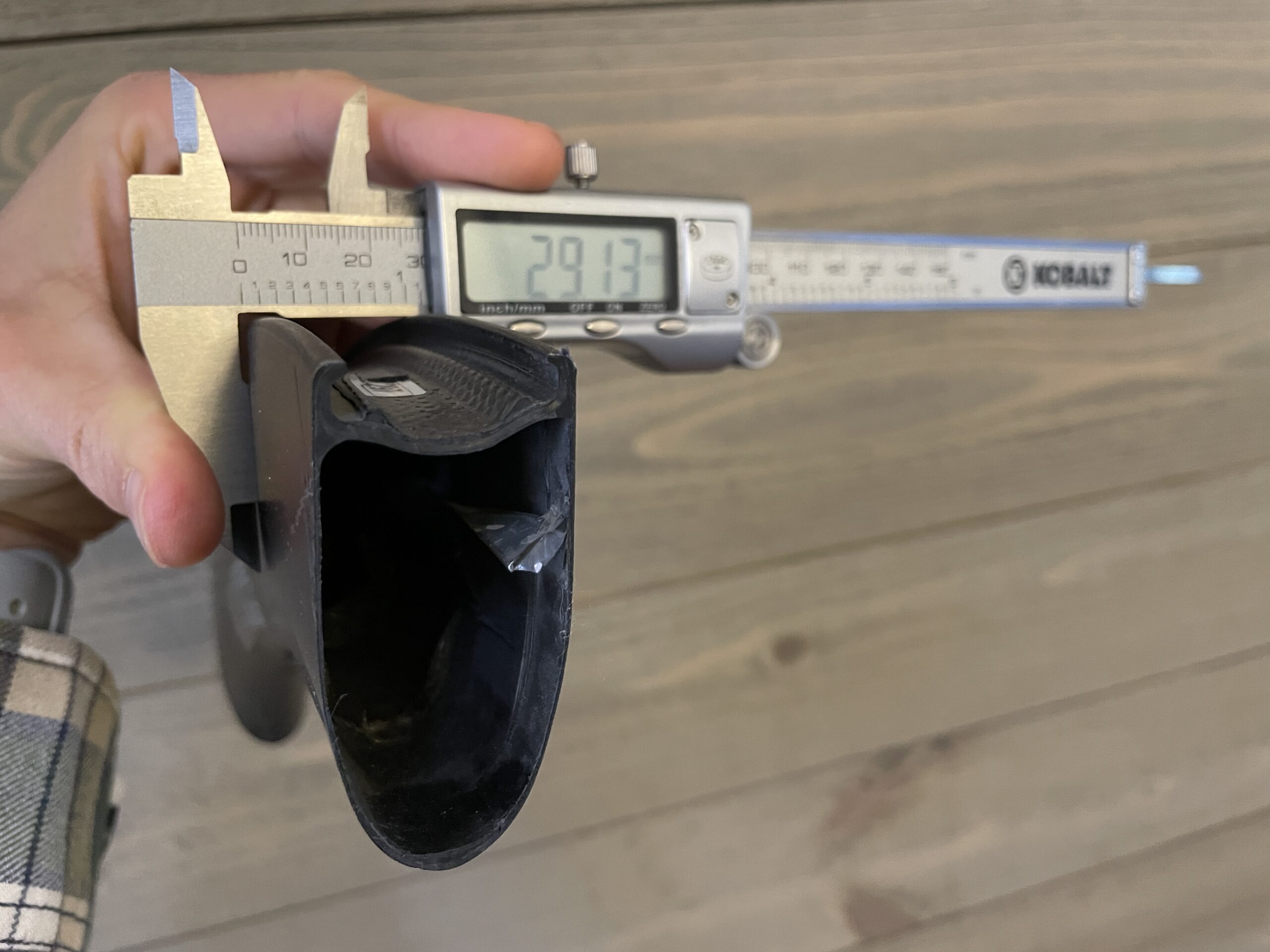
The Fastest Cycling Wheels Optimize Rim Width & Rim Depth
For bike wheels, is deeper always faster? Most people believe that a deeper cycling wheel automatically makes a faster cycling wheel. A deep section wheel is on almost every performance cyclist’s wish list. For years, we’ve stated that the fastest cycling wheels optimize both width and depth. Until recently, we haven’t been able to show…
-
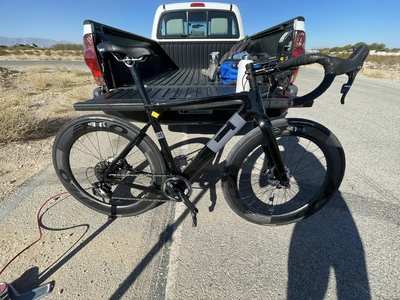
Measuring Wheel Vibration – Speed Is Key
The last time we wrote about vibration we talked about our work with rollers. We were noting how the rollers showed the same FFT graph shape, but the excitation was not the same as when tested on the road. For a refresher on this check out our last post here. Based on all of our…
-

Why Rolling Resistance Makes You Slower The Faster You Go
A few weeks ago, we showed how rolling resistance and aerodynamics are affected by speed. Today, we look specifically at rolling resistance, discuss why lowering it is so important, and walk you through the math that shows why going faster increases rolling resistance. The Watts Consumed By Rolling Resistance Let’s review the equation that calculates…
-
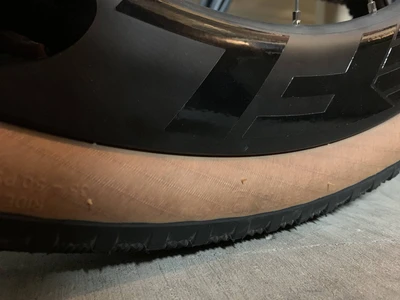
Aerodynamics & Rolling Resistance At Different Speeds
I was recently working on a problem to determine the number of watts required to overcome aerodynamic drag and rolling resistance at different rider speeds. What I found surprised me. While I know aerodynamics grows quickly, I didn’t know how quickly. Our FLO All Sport and Gravel wheels were designed to optimize both aerodynamic drag…
-
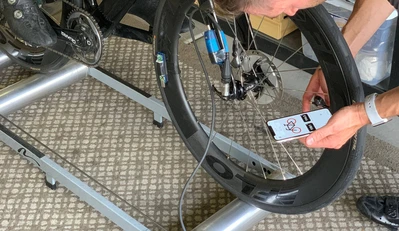
Vibration & Rollers
When studying rolling resistance while designing the FLO All Sport and Gravel wheel lines, we used rollers as well as on-road testing to collect data. The rollers allowed us to apply temperature compensation to the on-road data. Rollers produce a clean lab-like environment. We wanted to test the vibration produced while on rollers to gain…
-
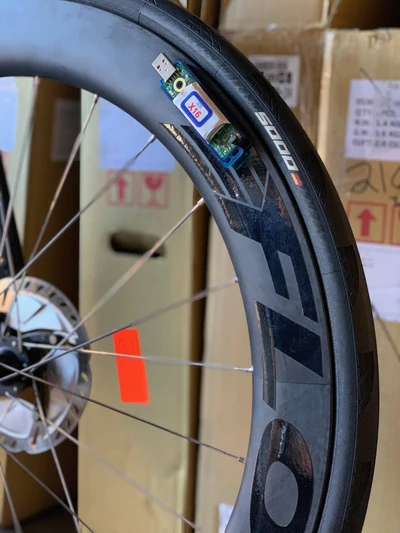
Vibration & The 3-Axis Of Acceleration
Recently, we’ve been measuring vibration in wheels and building on the complexity of the measurements we are gathering to further our understanding of the role that vibration plays in determining impedance break point. Our original work used a uni-directional accelerometer, which measures accelerations in one plane and simplifies the output. This uni-directional sensor was mounted…
-
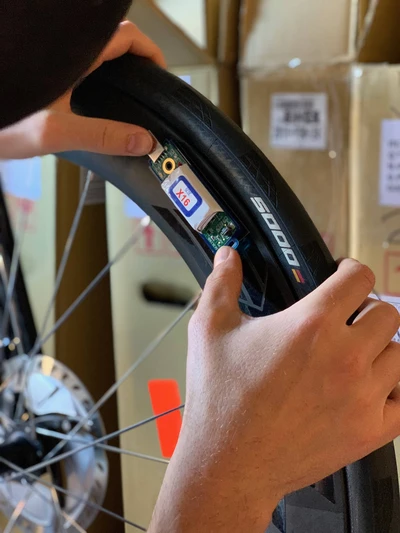
Measuring Vibration In Different Locations
Last week we observed the natural frequency of different tires, wheels, weights, and wheel location. For those tests, we used an Emerson data acquisition system that produced highly accurate results. However, riding with a computer and cables strapped to the bike is not ideal for more intense testing. This week, we explore another sensor option,…
